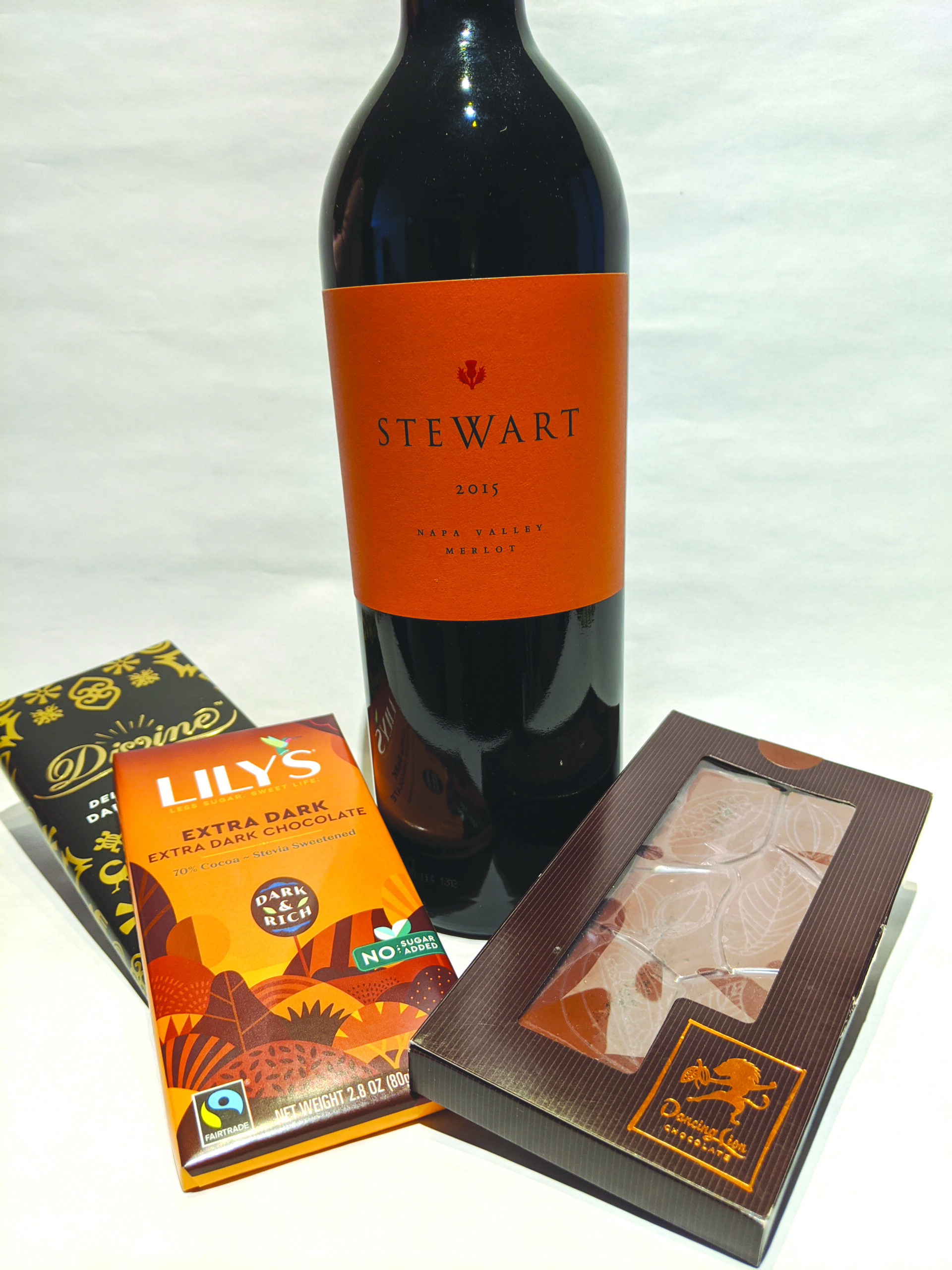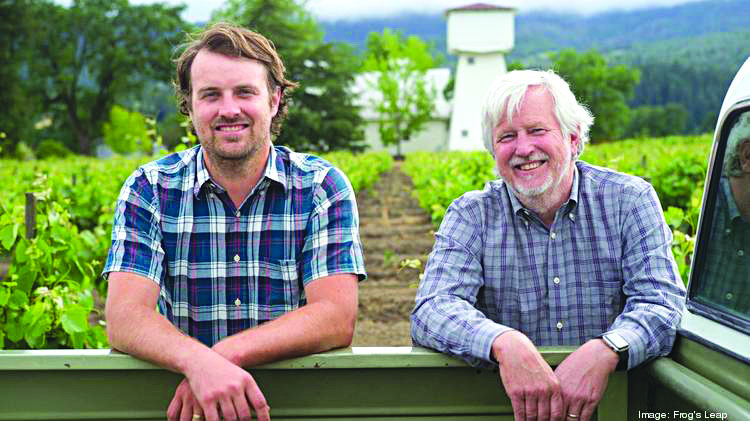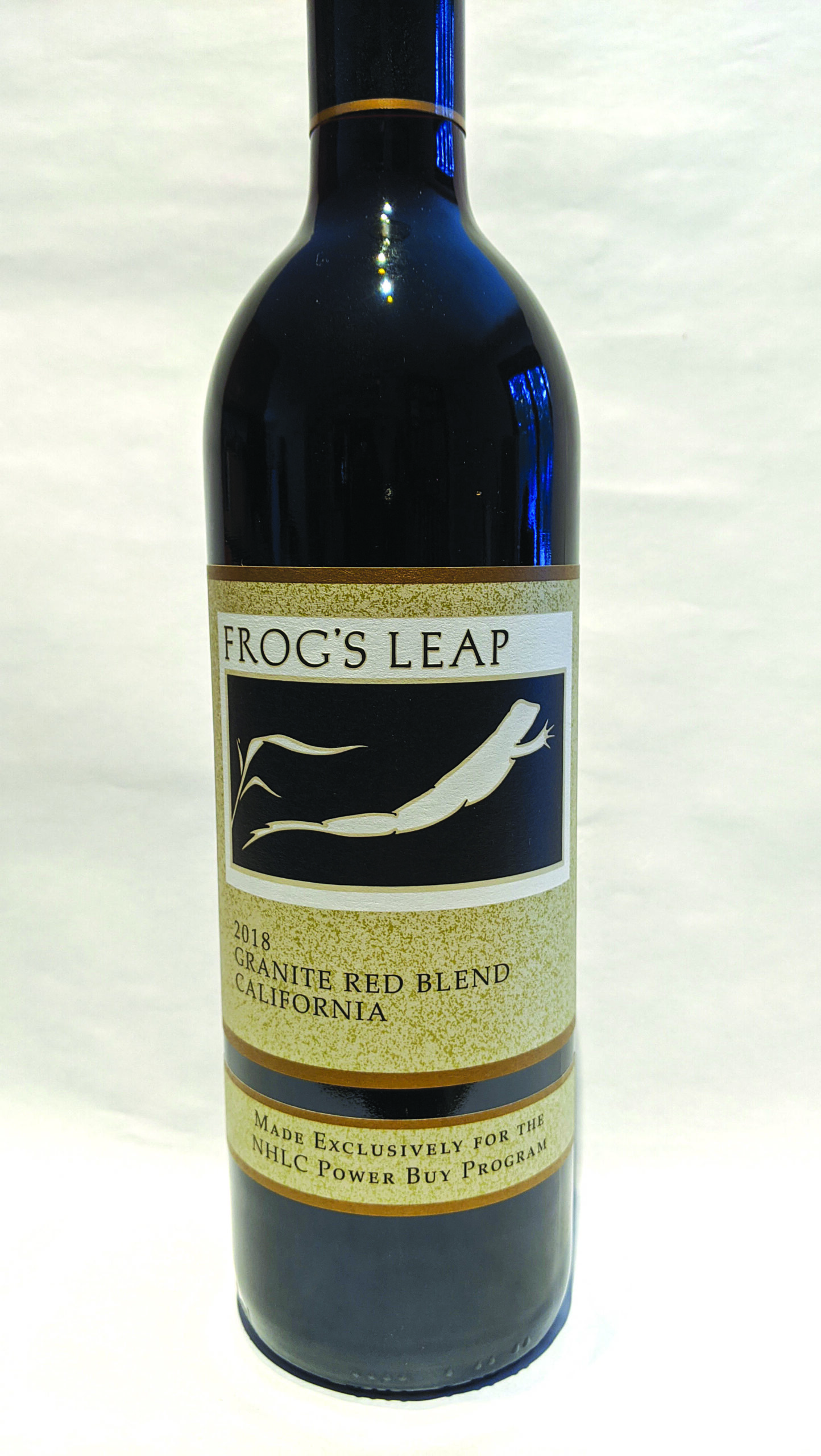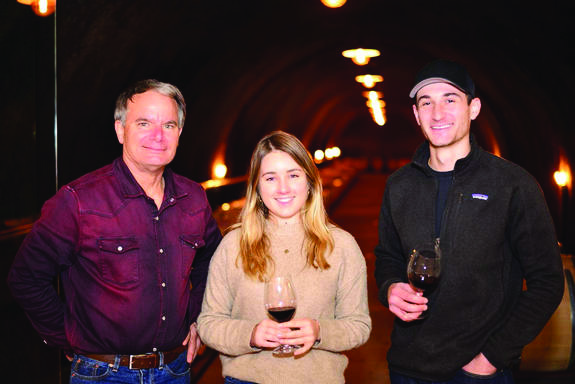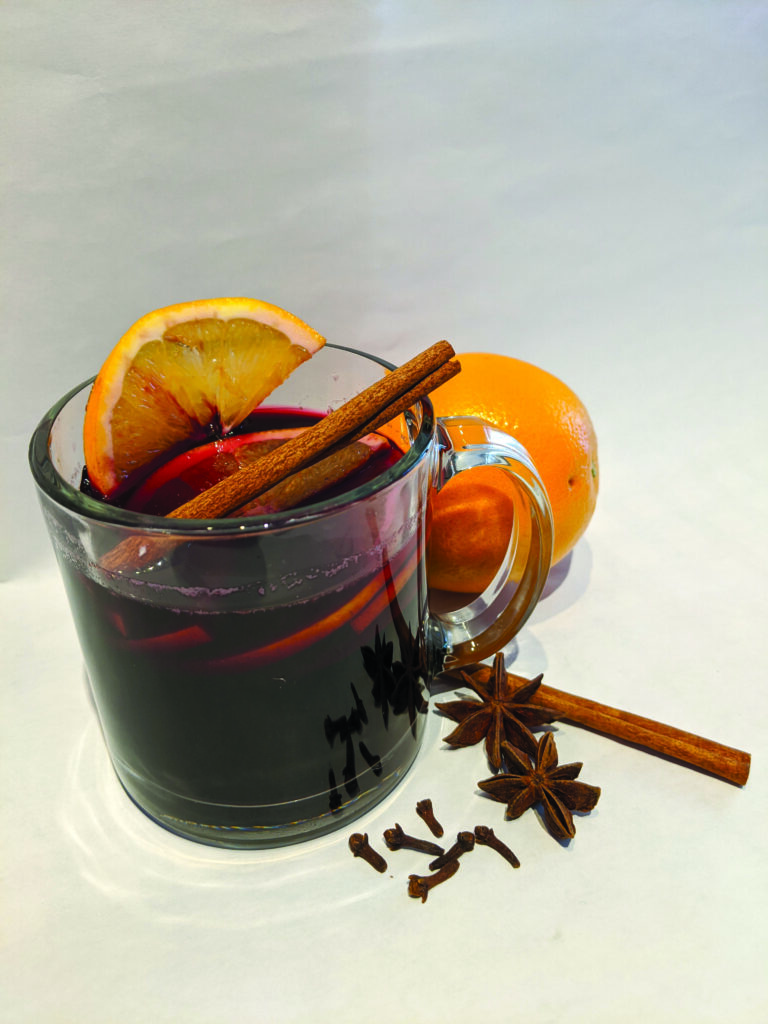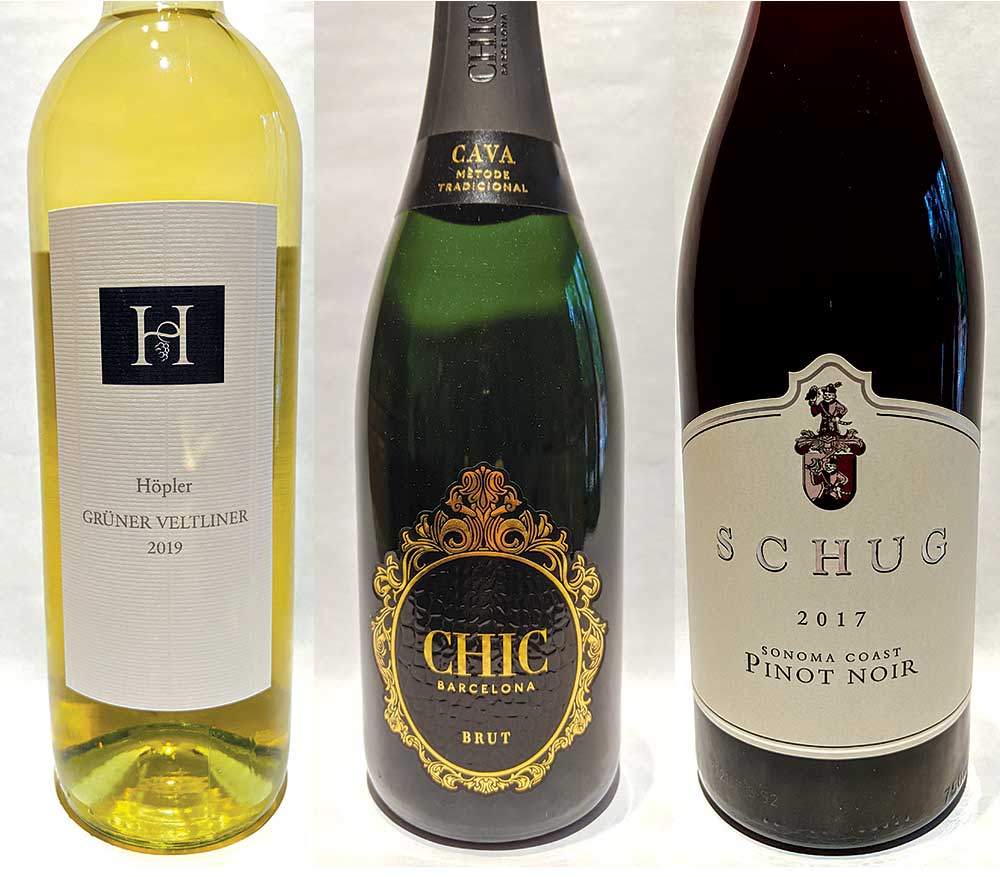Veggies and seafood pair well with white wines
Grilled steak or spaghetti and meatballs call for a robust wine such as a cabernet sauvignon or a Chianti. Easy enough. But when the dishes are lighter fare, such as a baked or broiled fish or seafood, a salad, a cheese plate, the selection of the wine becomes a bit more complicated and can result in either a perfect pairing of flavors and richness or sheer disaster.
Often wines for these dishes tend to be white wines, although a bright, light red pinot noir or Beaujolais can be paired with some seafood, such as grilled salmon, grilled scallops and tuna, or a mushroom risotto. White wines can be light and crisp or fuller in body with some creaminess to the mouth. They span the spectrum from the dry citric notes of sauvignon blanc of Bordeaux to the less acidic notes of whites from the Venezia district of Italy, to Alsatian whites with their minerality, to California chardonnays, with their full mouth feel along with the possibility of oak.
The first wine is Bertani’s 2018 Velante Pinot Grigio (originally $14.99, reduced to $7.99, at New Hampshire Liquor & Wine Outlets). As the name suggests, this may be considered the “Italian white wine” as pinot grigio is the most imported variety of wine in America. The grape variety is indigenous to Burgundy but is now grown throughout northern Italy and has migrated to the rest of the world. In Italy it is found in Veneto, Trentino, Friuli, and south to Umbria and Emilia-Romagna. This wine is mildly acidic, with a low alcohol content of 12.5 percent. The grapes come from the Venezia Giulia region, grown vertically trellised, harvested, and fermented in steel containers for three months, followed by another three months in bottle maturation.
To the nose it has an aroma of green or golden tart apples along with the subtle sweetness of pear and peach. It remains light and crisp to the tongue and to my palate is a bit like an unoaked chardonnay. This wine is perfect with light plates like a salad with greens, oranges and nuts, or broiled fish, pasta dishes and risottos. It is a pleasure to be enjoyed when cooled to 45 to 50 degrees.
Our second wine is Substance 2019 Washington State Chardonnay (originally $18.99, reduced to $14.99 at state stores). Charles Smith, winemaker and former rock concert tour manager, respects hard work and puts that hard work into his wine. This is a chardonnay that is aromatic with some citric, apples and flowers to your nose. The mouth is rich and creamy, with oak and vanilla and a bit of yeast that you would find in a Champagne. At 14 percent it is higher in alcohol than the pinot grigio, nudging the alcoholic content of rich cabernet sauvignons.
The wine is sourced from several vineyards in the Columbia Valley, all at elevations from 1,350 to 1,650 feet above sea level. Interestingly, the high elevations allow the vineyards an extended growing season as early late-summer harvest frosts can settle into the valleys before reaching the hillsides. This results in a higher sugar content in the grape and a full, rich flavor that excels beyond the citric notes a less mature chardonnay would have. This is an excellent wine to pair with lobster or salmon, but it can also hold up to a Caesar or vegetarian Cobb salad, and perhaps a simple green salad of lettuces and herbs, with a creamy and not too acidic dressing.


